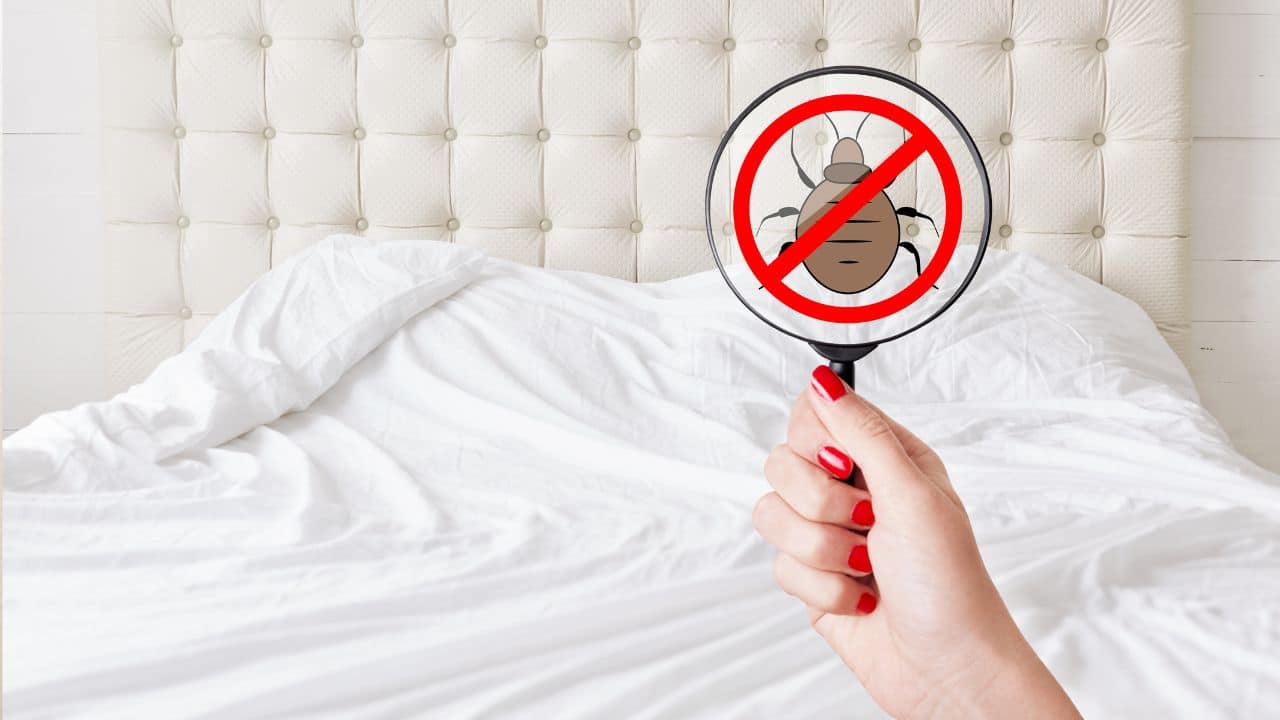When bed bugs show up in an apartment, the first instinct for many residents is to grab sprays, powders, or home remedies and try to wipe them out fast. On the surface, that might seem like a smart way to save money and avoid waiting for professional help. But in reality, DIY bed bug treatments almost always lead to bigger problems. For property managers, this can turn a small issue into a full-blown infestation that spreads from one unit to several.
Why DIY Sprays and Powders Backfire
Most store-bought sprays and powders look like they’re designed for a quick kill. The packaging often promises “instant results,” and that’s appealing when someone finds bugs crawling near their bed. The problem is that these products rarely work on the entire infestation. At best, they kill the bugs that are easy to see. The eggs and the ones hiding deep in cracks or inside furniture survive and simply keep reproducing.
Worse, when bugs are exposed to chemicals that aren’t strong enough to wipe them out, they adapt. Bed bugs are already resistant to many common pesticides sold in stores. By trying DIY products, residents are basically training the bugs to become tougher and harder to eliminate later. This means that when professional treatment finally happens, the job can take longer and require stronger measures.
Have a look at Bed Bugs and Pets to understand how bed bugs interact with household animals.
The Risk of Spreading Bed Bugs
Another reason DIY treatments often fail is that they push bed bugs into hiding. When sprays are applied, bugs don’t all die off. Many scatter and move deeper into walls, baseboards, or neighboring apartments. This spreading effect makes it harder for property managers to keep infestations contained.
It’s not unusual for a single resident to try a DIY approach and end up driving bugs into the next unit without realizing it. Now, instead of one unit being affected, the issue has multiplied. What could have been handled quickly now requires a coordinated treatment across several apartments, costing more time and money for everyone involved.
Common Home Remedies That Do More Harm Than Good
Bed bug discussions are all over the internet, and that’s where residents often pick up “tricks” that promise an easy solution. Rubbing alcohol sprays, essential oils, or even DIY heat methods get shared as miracle fixes. The reality is these methods don’t work the way people hope.
Take rubbing alcohol, for example. Some residents spray it directly on bed bugs, thinking it’s a safe and cheap option. While it can kill a few on contact, it’s also highly flammable and dangerous to use indoors. Essential oils, like tea tree or lavender, get promoted as natural repellents. The problem is they don’t actually eliminate infestations. At best, they mask the problem while the bugs keep multiplying.
Then there’s the idea of using space heaters or blow dryers to kill bed bugs with heat. Real heat treatments done by professionals require specialized equipment that raises entire rooms to a lethal temperature for hours. A blow dryer can’t come close. DIY heat attempts often fail, and worse, they create fire hazards.
The Hidden Cost of DIY
One of the biggest misunderstandings around DIY treatments is the belief that they save money. On the surface, a $15 spray can look like a bargain compared to a professional service. But the longer an infestation goes untreated—or improperly treated—the more expensive it becomes.
Property managers may end up paying for multiple treatments across several units instead of just one. Residents who delay reporting issues because they think they’re handling it themselves can unintentionally allow bugs to spread to shared spaces like laundry rooms or lounges. By the time professionals step in, the infestation is much more complex and costly to control.
The Importance of Acting Quickly with the Right Approach
The difference between success and failure in bed bug control often comes down to timing. The earlier a problem is handled with professional-grade solutions, the faster it can be resolved. When residents try to tackle things themselves, weeks or months can pass before management even knows there’s a problem. By that time, the bugs are well-established and much harder to eliminate.
This is where Pest Share provides real value. By giving residents a simple, direct way to request service, managers get notified right away. Instead of relying on guesswork or risky DIY sprays, a professional plan goes into action immediately. This reduces spread, lowers costs, and provides peace of mind for both residents and management.
Why Professional Treatment Always Outperforms DIY
Professionals don’t just spray and hope for the best. They use targeted methods that address every stage of a bed bug’s life cycle—from eggs to adults. They know how to find the hidden spots where bugs live, and they have access to equipment and treatments that aren’t available in stores.
For property managers, this means infestations are handled with a proven process instead of trial and error. Residents can rest easier knowing their homes are being treated the right way. And managers can trust that the problem won’t spiral into something bigger because of failed DIY attempts.
Building Smarter Prevention Into Apartments
It’s not just about fixing infestations when they happen. The smarter approach is setting up clear steps that allow residents to act quickly and managers to stay informed. When residents don’t know what to do, they’re far more likely to experiment with DIY methods first. That delay is what gives bed bugs time to spread.
Managers who establish a straightforward reporting process, provide simple education on what bed bugs look like, and set expectations around professional treatment create a stronger line of defense. When everyone knows that professional intervention is the only effective solution, infestations are handled earlier and with less disruption.





